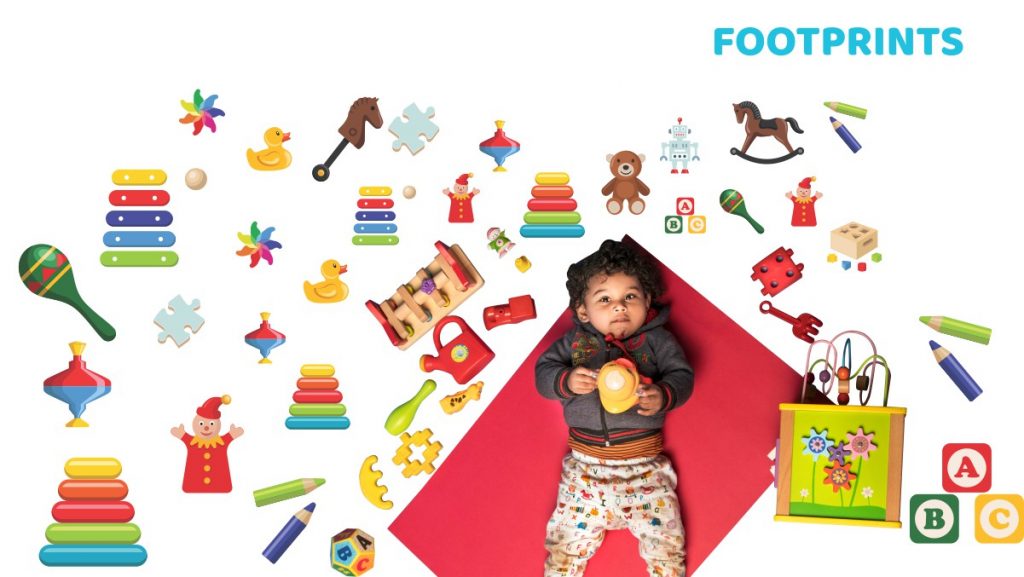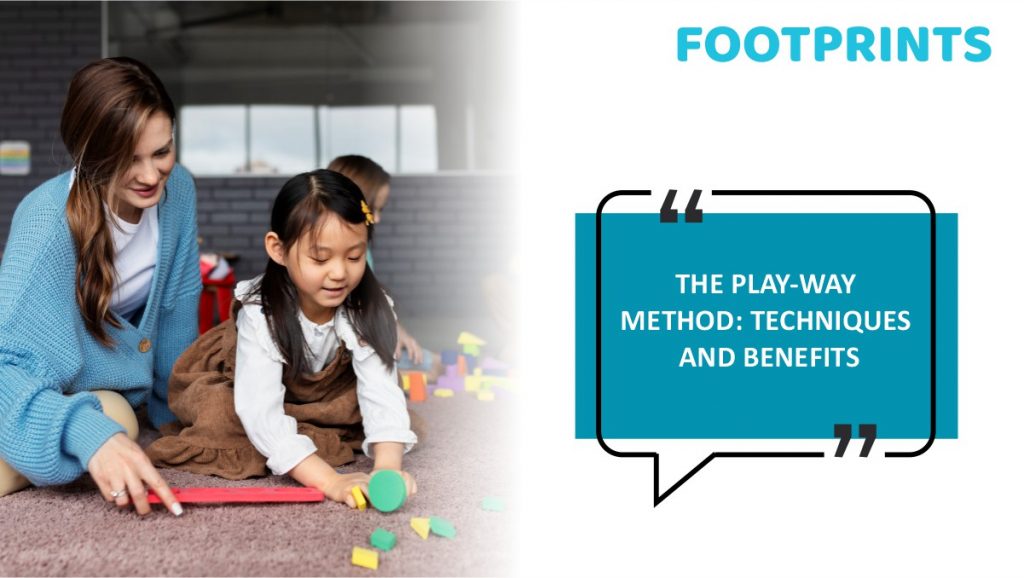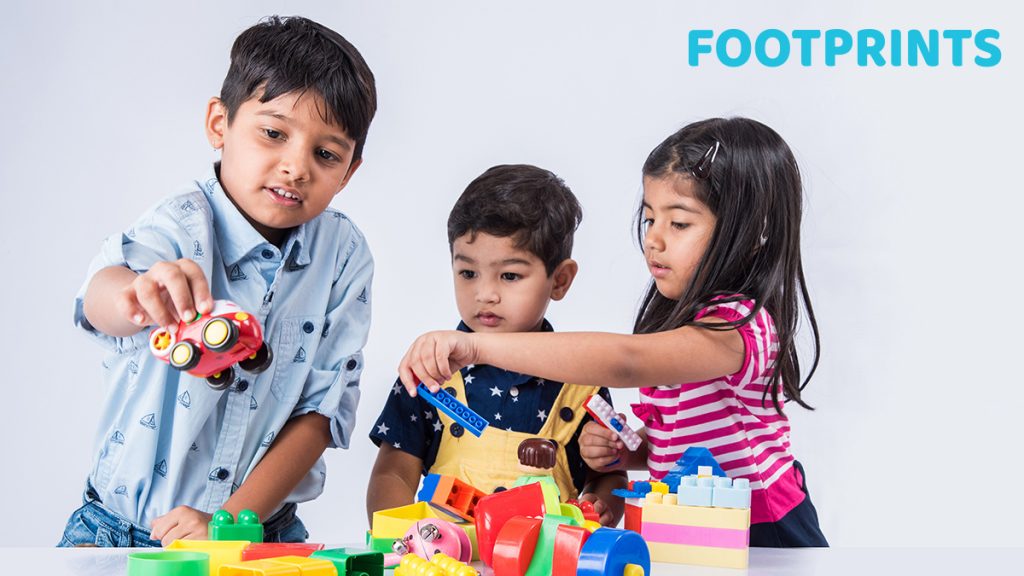
As parents, we are often guilty of looking at play as the opposite of studies. Yet, research shows that play and exploration have a solid role to play in the child’s overall learning process. Play is defined as any activity performed for enjoyment without regard for the result. For years, there has been a widespread belief that play is only for fun. It is regarded as a waste of time that may be better spent doing something useful or profitable. Children have numerous possibilities to play. It makes children happy. Play can take various forms. It could be copying family members, playing with toys, or engaging in outdoor activities such as tag, hide-and-seek, or simply running. Playing allows children to build their motor abilities, imagination, and creativity. Play is known to facilitate the development of cognitive skills as well as physical and social-emotional development. The Play-Way method, therefore, has emerged as a potent method for educating children. Let us look closely at what it really is.
What is the Play-Way Method?
The Play-way method is based on an essential premise – that play is a natural method through which children can learn about the world around them. Come to think of it, why just children? Everyone learns best when they actively participate in the learning process. The Play-Way method, therefore, does not rely on what we have largely become accustomed to as a learning method, namely traditional classroom learning. Instead, it relies on a whole lot of hands-on activities that the children draw a lot of fun from, and the learning occurs as a natural corollary. The Play-Way method effectively offers an engaging learning environment that piques children’s curiosity. Once their natural curiosity is piqued, it stands to reason that they become learners for life. In all of this, the teacher, as opposed to being someone who tells the child what to do, offers a natural scaffolding that aids the child’s learning process. The teacher encourages the child to think as opposed to telling them what to think.
In terms of the method of teaching, the Play-Way method works in a manner that the teacher sets up a range of materials for the child to work on. The teacher then observes the child. In case the child faces any issues, the teacher’s first reaction is not to jump in to solve the problem but to encourage the child to find solutions. In all of this, the teacher aims to develop a love for learning in the child.
Concepts like shapes, numbers, opposites, and more are thereby integrated into the curriculum, only not in the traditional sense. For instance, a nature walk could lead to a collection of twigs and a discussion on which twig is long and which is short. Anything then can serve as study material or, should we say, play material. There could be pipes children could crawl through or wooden blocks allowing for explorative play, movement, and freedom. Children could be learning concepts of floating and sinking with twigs and stones or using sensory material to build rockets. There could be other occasions where children could have fun with pretend play. The learning environment itself could be split into indoor and outdoor learning areas offering a wide variety of activities for playgroups.

What are some of the tools involved in the Play-Way method?
The Play-way method of teaching involves the use of the following:
- Storytelling
- Games
- Use of tactile material
- Playing in the outdoors
- Art & Craft
Overall, the method is activity-based and experiential, allowing children to learn quickly. The hands-on experience also allows them to retain the knowledge instead of rote learning.
Advantages of the Play-Way method in early education
1. First things first, with the Play-Way method, children learn meaningfully and engagingly. Play and exploration go a long way in cementing their learning. The fact that children learn at their own pace is a significant advantage in its favor.
2. Research shows that the play way method helps children learn a whole range of skills, including:
- Cognitive skills
- Social skills
- Physical skills
- Emotional skills
Needless to say, these skills in turn help with problem-solving, critical thinking, communication and other skills, which are essential life skills, and which help the child navigate the ups and downs of life with ease.
3. With learning at their own pace, children greatly benefit from increased confidence and self-esteem.
4. Importantly, the Play Way method aids in children’s holistic growth and development.
HighScope Approach
At Footprints, a chain of preschools and daycare centers, which has emerged as a preferred parenting partner, we follow a scientifically developed HIghScope curriculum that follows activity-based learning and participatory learning. Some of the key elements that are a hallmark of the HighScope approach include:
- Active learning. In turn, there are 5 ingredients of active learning, namely a) materials, b) manipulation, c) choice, d) child language and thought, e) support from adults.
- A supportive learning environment.
- Child-led routines.
- Scaffolding role of a teacher.
Unlike traditional education models, it allows children to learn through experiences, bringing their unique perspectives, curiosity, and direct interaction to the educational setting.
The significant advantage of the HighScope approach is also that the approach is highly flexible and tailored to each child’s needs. What it does, therefore, is that it helps with the child’s strengths and needs. While the philosophy of the approach is spontaneity-oriented, it is structured and scientifically developed. The approach allows children to become independent and confident problem solvers and develop vital executive function and self-regulation skills that will last them well beyond their childhood years.
Here’s to holistic, engaged, and meaningful early learning, which turns children into learners for life!



